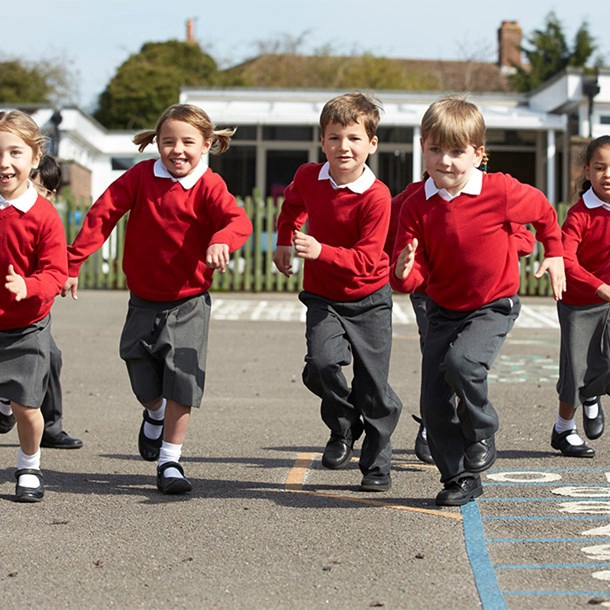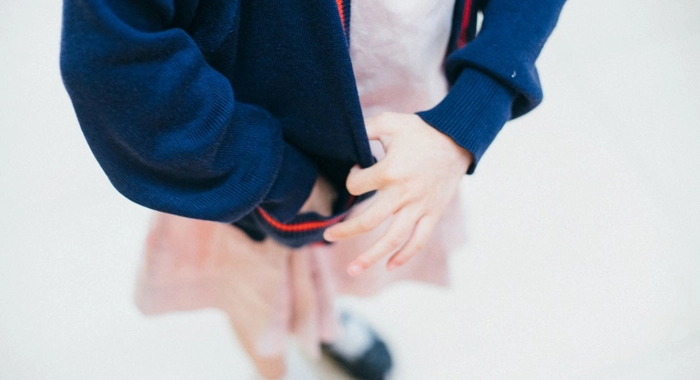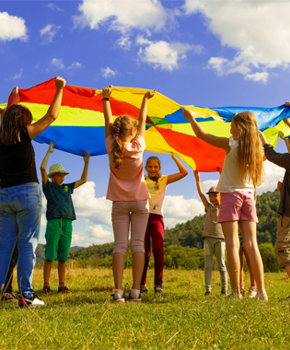Wellbeing
Wellbeing positively influences student learning outcomes, and success in learning enhances student wellbeing.
As educators, we know about the important reciprocal and interconnected relationship between wellbeing and learning. Wellbeing is a multi-faceted concept involving much more than just physical health. It’s a combination of a person's emotional, mental and social health and it also reflects how they feel about themselves and their life in general. Wellbeing is linked to improved academic achievement, enhanced mental health and responsible life choices.
Helping students to feel connected and engaged in their learning, and collaborating effectively with parents, will enable students to develop the social and emotional skills to grow into happy, respectful, well-balanced and successful members of their school and wider community. Wellbeing includes:
- Being involved in supportive relationships
- Feeling that your life has meaning and purpose
- Feeling connected to others in your community
- A sense of control of your emotions
- Engaging in activities that are important to you.


As an educator, you want to ensure students are safe and happy throughout their time at school and beyond. Strategies for laying the foundations for student wellbeing and collaborating with parents to build on and enhance these vital skills include:
- Model strong, healthy and trusting relationships
- Teach social and emotional skills to build resilience and wellbeing
- Embed inclusive teaching practices to build a connected, cohesive and culturally safe school culture
- Provide opportunities for students to participate actively in their learning
- Make time for open communication with parents about their child
- Build positive relationships with community groups to share an understanding of student safety and wellbeing.
Australian student wellbeing
A whole-school community approach to fostering wellbeing enables children and young people to strengthen their sense of connectedness and build their capacity to learn in a safe, respectful and supportive environment. The Australian Student Wellbeing Framework supports schools and families to provide a strong foundation for students to reach their potential in learning and in life.
Mapping student wellbeing
Find your state or territory framework, other national initiatives and browse international approaches to student wellbeing.
Research and surveys
Evidence shows that when students develop their social and emotional skills for wellbeing, health and safety, there is a direct impact on their learning outcomes.
Webinars
The Hub webinars aim to support you to learn about wellbeing topics from the experts and find practical strategies to apply in your school.
Articles
Grappling with engagement

Supporting girls’ mental health

Wellbeing lesson plans
These lesson plans can be used to explore aspects of wellbeing with primary and secondary school students. Each lesson focuses on a specific social and emotional skill and is aligned to the Personal, Social and Community Health Strand Health of the Physical Education learning area, the General Capabilities and the elements of the Australian Student Wellbeing Framework.
The lessons are stand-alone and can be adapted to suit individual learning contexts.
